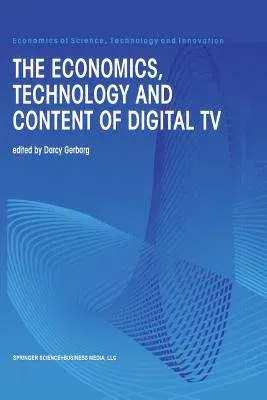The Economics, Technology and Content of Digital TV (Softcover Reprint of the Original 1st 1999)Paperback - Softcover Reprint of the Original 1st 1999, 5 November 2012

Qty
1
Turbo
Ships in 2 - 3 days
In Stock
Free Delivery
Cash on Delivery
15 Days
Free Returns
Secure Checkout
Part of Series
Economics of Science, Technology and Innovation
Print Length
330 pages
Language
English
Publisher
Springer
Date Published
5 Nov 2012
ISBN-10
1461372569
ISBN-13
9781461372561
Description
Product Details
Book Edition:
Softcover Reprint of the Original 1st 1999
Book Format:
Paperback
Country of Origin:
NL
Date Published:
5 November 2012
Dimensions:
23.39 x
15.6 x
1.88 cm
ISBN-10:
1461372569
ISBN-13:
9781461372561
Language:
English
Location:
New York, NY
Pages:
330
Publisher:
Weight:
498.95 gm

